Ciao '14 | The year in a nutshell for the Broadcasting Industry
The broadcasting industry is all set to welcome the New Year. 2014 which saw major positive changes in the industry is coming to an end. Broadcasters are hoping for more positive developments in the year to come. New media technologies have also contributed to a changing scenario within the television industry, with broadcasters focusing on new distribution and content delivery methods. Let’s take a look at the major events of 2014.
New commencements -
The foundation of BARC was laid. The body is still on the planning stage of how to bring out their reports. We should definitely hope to hear some positive news from them sometime mid-2015.
The industry also saw a few new launches like Zindagi, Rishtey, Sony PAL, and EPIC in the premium GEC space. In the news genre, licenses were given to large networks like the Times group for Times Now 2, Times Now 3 and ET Now 2 and in the regional space licenses were given to Janam, NSN News, ABP Sanjha , etc. The movie channels also saw some good changes with channels coming up with new series of shows like the Pixathon or PIX School of Bonding, and a lot of action packed channels.
Exits and speculations-
In another shocking move, the broadcasting industry saw the exit of Raghav Bahl from Network18. At one point the group was almost dysfunctional and this is something no broadcaster has ever seen. Though after its takeover by Reliance’s Independent Media Trust, the brand has managed to raise the bar.
Rajdeep Sardesai was on a long sabbatical and there were speculations of him joining another network. Arnab Goswami was speculated to his way out of Times Now, but is still giving his Prime Time panelists a tough time.
Expansions and Progresses-
On the TRAI front, there were many amendments like, recommendations for platform and ground based broadcasters, DAS Tariff, Delinking of licenses of the Virtual Network Operators, MSO’s were not allowed to carry more than 386 TV channels and a lot more which were in favor of the broadcasting industry.
Reviewing about the buzz on the Star RIO, this offer has had its own positives and negatives. The Reference Interconnect Offer (RIO) states the MSO’s to offer all the Star Channels on an A La carte basis. There could be two ways of seeing this. One is that you pay for what you want and that is exactly what Star is offering. The second is that you do not subscribe since you have to pay extra. It is indeed a way of thinking and acceptance and we think the RIO will be accepted, because it has its own benefits.
Post the new government The Ministry of Information and Broadcasting has been in good hands for there are hopes of better television experiences for the audience. The recent developments in MIB being the permit to broadcast 821 private satellite channels, completing the Digitization process, approval of licenses for 12 Television channels has benefitted the broadcasting industry.
Apart from this the 10+2 Ad Cap rule is most awaited for by some broadcasters. Others on the other hand, are not so open for the same. This rule with help broadcasters bring in more time for content and will pinch the advertisers because of the limit. With digital seeing progress in long form video, the advertisers are also shifting their focus to making ads for the digital space. Currently, the Ad Cap case is adjourned till 21st January, 2015.
The TDSAT also gave some good news for channels like Star India with the dispute between Star and Hathway and Taj Television. On the other hand, the TDSAT dismissed the broadcasters appeal for the Ad Cap rule.
Overall, the year has been good for the broadcasters and they are hoping for a lot more positives in the year to come.



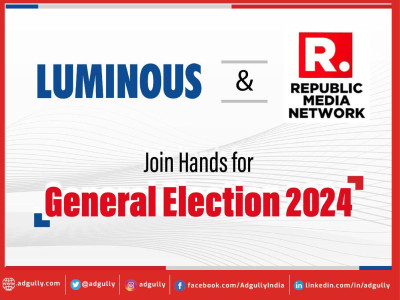
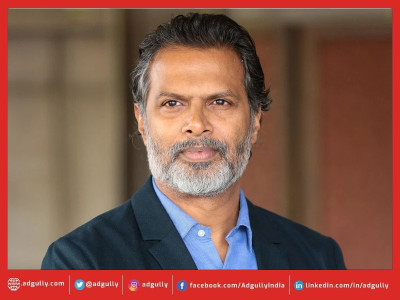

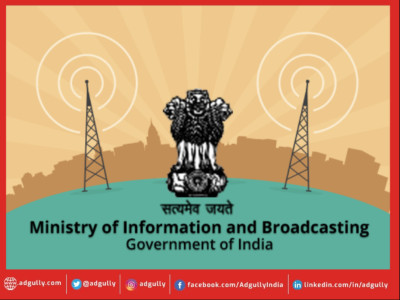
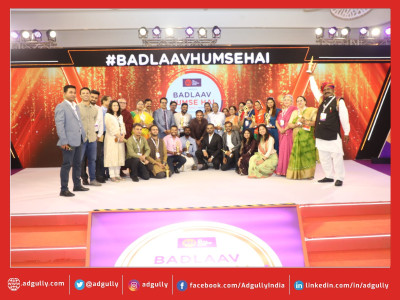
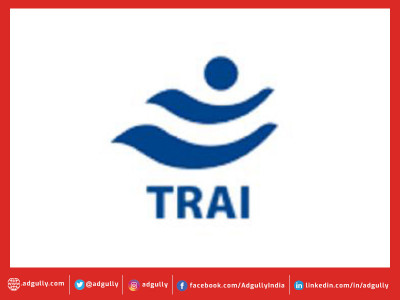
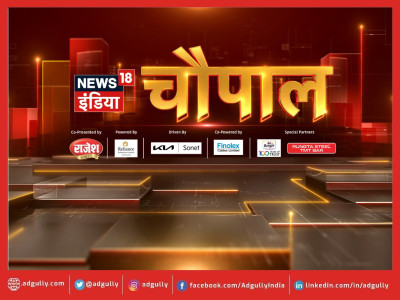

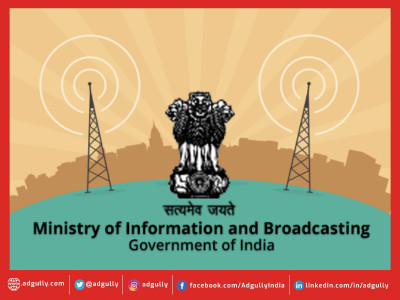
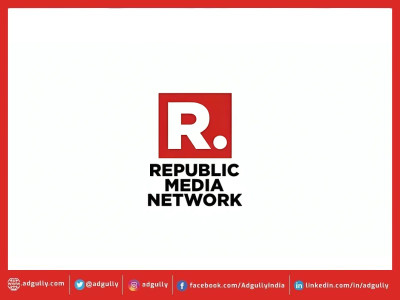


Share
Facebook
YouTube
Tweet
Twitter
LinkedIn